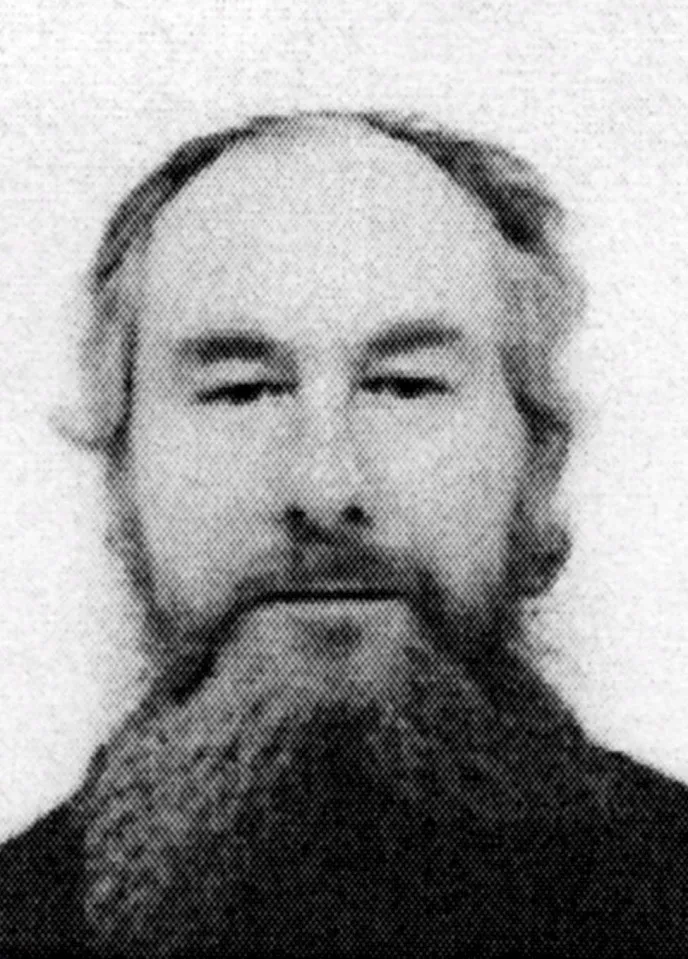John Darwin: The Canoe Man Who Fooled the World
In March 2002, John Darwin, a former prison officer from Seaton Carew, England, paddled out to sea in his canoe and vanished. Presumed dead, he left behind a grieving wife and two sons. However, the truth was far more complex and deceitful. Darwin had faked his death to claim life insurance and escape mounting debts, leading to one of the most audacious frauds in British history.
The Disappearance
On March 21, 2002, Darwin was reported missing after failing to report to work. His canoe was found damaged, and it was assumed he had drowned. A death certificate was issued, and his wife, Anne, claimed £250,000 in life insurance. However, Darwin was very much alive, living secretly in a bedsit next door to the family home and later moving back in with Anne.
Suspicion Among Colleagues
Despite the official narrative, colleagues at HMP Holme House, where Darwin had worked, harbored doubts. Some reported sightings of Darwin in the local area, recognizing his distinctive appearance. These reports were passed to the police but were not thoroughly investigated, allowing Darwin to remain hidden.
Life in Hiding and Abroad
While in hiding, Darwin adopted the alias “John Jones,” using the identity of a deceased child to obtain a passport. He traveled to Panama with Anne, where they planned to start a new life. A photograph of the couple in Panama eventually surfaced online, raising suspicions. Realizing the net was closing in, Darwin returned to the UK in December 2007, claiming amnesia.
The Unraveling
The photograph from Panama was a turning point. Published by the media, it contradicted Darwin’s claims and led to a police investigation. Both John and Anne were arrested and charged with fraud. In July 2008, they were each sentenced to over six years in prison.
Aftermath and Legacy
Following their release, John and Anne divorced. John moved to the Philippines, while Anne returned to the UK, expressing remorse for her actions. Their sons, initially devastated by the deception, have since rebuilt their lives. The Darwin case remains a cautionary tale about the lengths to which individuals may go to escape financial hardship and the importance of thorough investigative work.
The story of John Darwin serves as a reminder of the complexities of human behavior and the far-reaching consequences of deceit.
Public Fascination and Media Frenzy
The bizarre twists of the Darwin case captivated the British public. The idea that someone could vanish, live in secret for over five years, then return from the dead with a fantastical tale of memory loss was too outrageous to ignore. Headlines dubbed him “The Canoe Man,” and the case quickly became tabloid gold.
TV specials, documentaries, and reenactments followed. In 2022, ITV dramatized the story in a miniseries called The Thief, His Wife and the Canoe, starring Eddie Marsan and Monica Dolan. The series reignited public interest, especially as it delved into the emotional toll on their two sons and explored Anne’s complicity in greater detail.
The Role of Anne Darwin: Manipulated or Mastermind?
One of the biggest points of debate is Anne Darwin’s role. Was she coerced by her husband into helping fake his death? Or was she a willing participant and co-conspirator?
Court documents revealed that Anne had lied convincingly to police, insurance agents, and even to her own children. She sold properties, moved to Panama, and helped manage the fraudulent assets—all under the pretense that John was gone. Yet in interviews after her release, Anne claimed she had been emotionally manipulated and bullied by John.
Her memoir, Out of My Depth, attempted to explain her side. She portrayed herself as a woman trapped in a toxic marriage, too fearful to escape. Some sympathized; others remained skeptical, pointing out that her actions, regardless of coercion, contributed to the sustained fraud and emotional devastation inflicted on their sons.
The Fallout for Their Children
Mark and Anthony Darwin, John and Anne’s two sons, were arguably the biggest victims in the entire saga. They grieved their father, only to discover he had been alive and living secretly nearby the entire time. Even worse, their mother had knowingly deceived them for years.
When the truth emerged, both sons publicly disowned their parents. Anthony said he felt like “the victim of a terrible and unnecessary fraud.” In time, the brothers distanced themselves from the scandal, focusing on rebuilding their lives.
In later interviews, Anne admitted her greatest regret was the damage done to her relationship with her sons. Though there have been reports of limited communication since her release from prison, trust has been difficult to repair.
Life After Prison
John Darwin was released in January 2011 after serving about three years of his sentence. He wasted no time leaving the UK and moved to the Philippines, where he remarried a local woman 23 years his junior. Reports suggest he lives modestly on a pension and remains largely out of the public eye—though he briefly reemerged during the ITV drama’s release, expressing disappointment with how he was portrayed.
Anne, released a few months after John, remained in the UK and tried to lead a quieter life. She participated in the ITV drama’s production as a consultant and has worked with women’s charities since, using her experience to educate others about emotional abuse and manipulation.
Lessons from the Canoe Man Case
The John Darwin case is more than just a tale of deception—it’s a story about desperation, human vulnerability, and the ripple effects of dishonesty.
Financial Pressure Can Push People to Extremes
John and Anne were drowning in debt when they concocted their plan. While financial stress is not an excuse for criminal behavior, it highlights how quickly desperation can lead to drastic, irrational decisions.
Fraud Has Collateral Damage
While the Darwins pocketed hundreds of thousands in insurance money, their actions left a trail of emotional destruction—especially for their sons. Fraud isn’t victimless. There are always consequences.
The Power of Public Scrutiny
Had it not been for a chance photograph taken in Panama and posted online, John Darwin might still be “dead.” The internet, citizen vigilance, and press coverage ultimately cracked the case.
The Importance of Investigative Follow-Through
Several of John’s former colleagues reported spotting him around Seaton Carew, but authorities didn’t pursue these leads aggressively. The case might have unraveled much earlier had these warnings been taken seriously.
The Enduring Legacy
More than two decades later, the John Darwin canoe case remains one of Britain’s most jaw-dropping stories of fraud. Its mix of mystery, audacity, and domestic betrayal has solidified it as a modern parable about truth, trust, and the long arm of justice.
Whether viewed as a wild caper or a tragic family drama, it’s a tale that continues to provoke debate and fascination. In the end, the “resurrection” of John Darwin didn’t bring salvation—it brought prison sentences, broken family ties, and a cautionary legacy that lives on.
- Lip Filler London – Lip Augmentation in London & Natural Lip Enhancement - December 16, 2025
- Where to Find THC Beverages in Missouri - May 31, 2025
- Explore THC Infused Drinks in Hawaii - May 31, 2025






